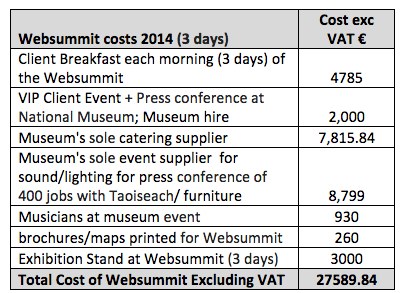Culture shock notes
I bought Will McInnes’ Culture Shock book a good while back and finally had enough time off to read it. As I said to Will, I dog eared the shit out of it and these are the notes from those dog eared pages. Makes sense to me, maybe not to you. I think a lot has happened and sadly a lot HAS NOT happened since it came out so the book is worth a read for anyone in a company/organisation that wants to make changes. Like all books in a new area it had to mix the cheerleading and bringing you over the line part with the “and here’s how to do it part”. I do think even in 2014 that this still needs to happen but for not as many people so one wonders could there be a sister book for the “doing” part and maybe with more exercises. So Will, another book please!
A word of warning: The book however in size looks like it’s going to be nice and easy but the work involved is going to take a lot to do but this will help you plan it all out. This book is a “put downable book” because you are dog earing or taking notes. A very personal feeling is a different shape to the book might have helped with some of the exercises/flows so they’re all on one page or spread over two matching pages. Bigger in terms of being wider. Slimmer but wider.
There’s probably a niche for another book in this area too for people like me, “lone wolf” business people. So Will, a third book!
So, some of my notes, copy, paste and Google, I might be unlazy and add links to these later.
Pg 9 “In ultra competitive business landscape, our organisations need a higher purpose. a story of meaning”
Pg 24 CTI – Coaches Training Institute
“what’s your purpose?” – Richard Jacobs
Check four audiobook too
Pg 47 HCL Technologies.
“employees first, customers second” – Vincent Nagar
Namasté Solar
Pg 57 Worldblu. List of most democratic companies. The Worldblu Scorecard.
Pg 58 Ready. Fire. Aim.
Pg 81 Namasté Solar – F.O.H. Frank Open Honest comms.
Pg 87 Gore.
Associates not employees. Sponsor not manager.
Max 200 in a unit/plant
CEO Terri Kelly – MIT Talk
Nixon McInnes – Church of Fail
Pg 105,106 Conscious Leadership
1. Leading Yourself
2. Style
3. Trust and Ethics
4. Transparency
5. Rewards
6. Comms – Realtime
7. support
Pg 108 – Questions to ask yourself
Pg 118 “Every soldier is a sensor. Every citizen is a contributor. Every resident a reporter.” – Brian Humphrey
Pg 137 Euan Semple “Banning social sites at work is for wimps, real managers have conversations with their time wasters about wasting time”
Pg 142 Crowdsourcing site “Innocentive” – Yury Bodrov
Pg 147 Hackdays – Social Innovation Camps
Pg 162 Andy Grove – “high tech runs three times faster than normal businesses. government runs three times slower than normal businesses”
Pg 173 Ben Fletcher, Karen Pine – Do something different programme
Pg 177 Train company PR guy – “We have twenty seconds before the world knows more about the crisis than we do”
Pg 179 OODA
Observe – What’s going on here?
Orient – What’s my place? Where am I in relation to this?
Decide – What will I do?
Act – Do it
Quick loops, moving and iterating
“The best decision right now”
Pg 240 Global Guerrilla blog – John Robb
Vinay Gupta writings
Are you financially resilient? How can you improve this.


